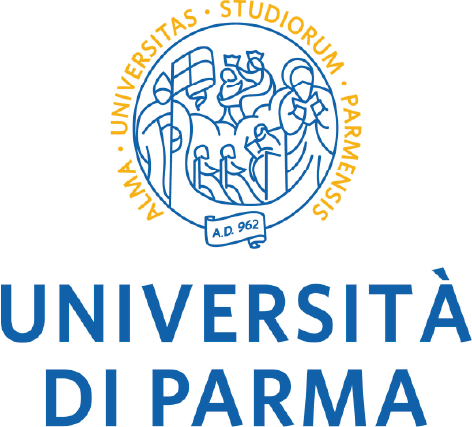Plenary Speakers
last update 2025/05/09
Chaired by Francesca Greselin
Room Meridiana
 |
Luis Angel Garcìa-Escudero |
| (Departamento de Estadìstica e I.O. and IMUVA, University of Valladolid) |
| Personal website |
|
Chaired by Yanyuan Ma
Room Meridiana
 |
Marc Hallin |
| (Department of Mathematics, Université libre de Bruxelles, Belgium and Czech Academy of Sciences Prague, Czech Republic) |
|
Chaired by Gabriela Cohen Freue
Room Meridiana
 |
Johannes Lederer |
| (Departament of Mathematics, University of Hamburg) |
| Personal website |
|
Chaired by Peter Filzmoser
Room Meridiana
 |
Valentin Todorov |
| (United Nations Industrial Development Organization (retired), Vienna, Austria) |
| Personal website |
|
Chaired by Peter Rousseeuw
Room Meridiana
 |
Genevera Allen |
| (Department of Statistics, Center for Theoretical Neuroscience, Zuckerman Institute, Irving Institute, Columbia University, New York, NY USA) |
| Personal website |
|









